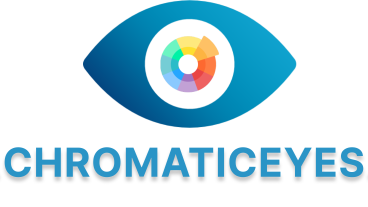Home/Eye Color Change with Laser


Eye Color Change with Laser: Everything You Need to Know
Changing your eye color is no longer just an idea. Laser eye color change, also known as laser iris depigmentation, is a method used to lighten the natural color of the iris in a permanent way. But how exactly does it work, how safe is it, and is it a reasonable choice? This overview aims to provide balanced information about laser-based eye color change procedures.
What Is Laser Eye Color Change and How Does It Work?
Laser eye color change is a cosmetic approach that aims to lighten the natural iris color. It involves applying laser energy to the front layer of the iris, where melanin, the pigment responsible for darker shades, is located. As the pigment breaks down and is gradually absorbed by the body, the eye color may shift to lighter shades. The process and final outcome are influenced by the original eye color.
How Laser Depigmentation Removes Melanin from the Iris
During this procedure, laser pulses target the melanin granules in the iris’s top layer. These pulses break apart the pigment, which the body gradually eliminates over time. This technique is non-invasive but often requires several sessions, especially for those with darker brown eyes. It’s also important to note that this process can involve substantial costs depending on individual cases.
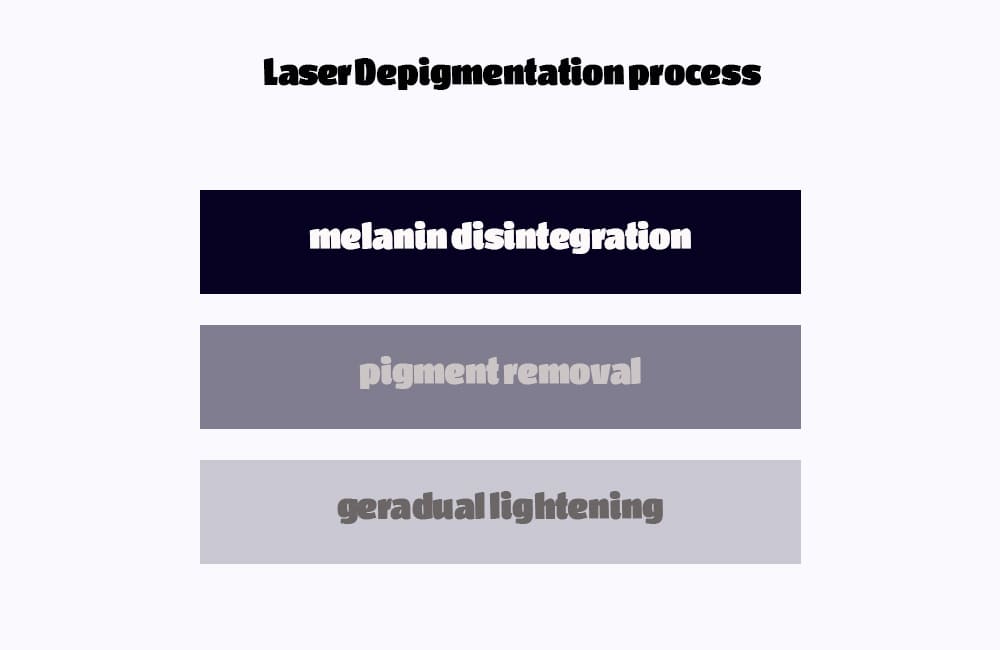
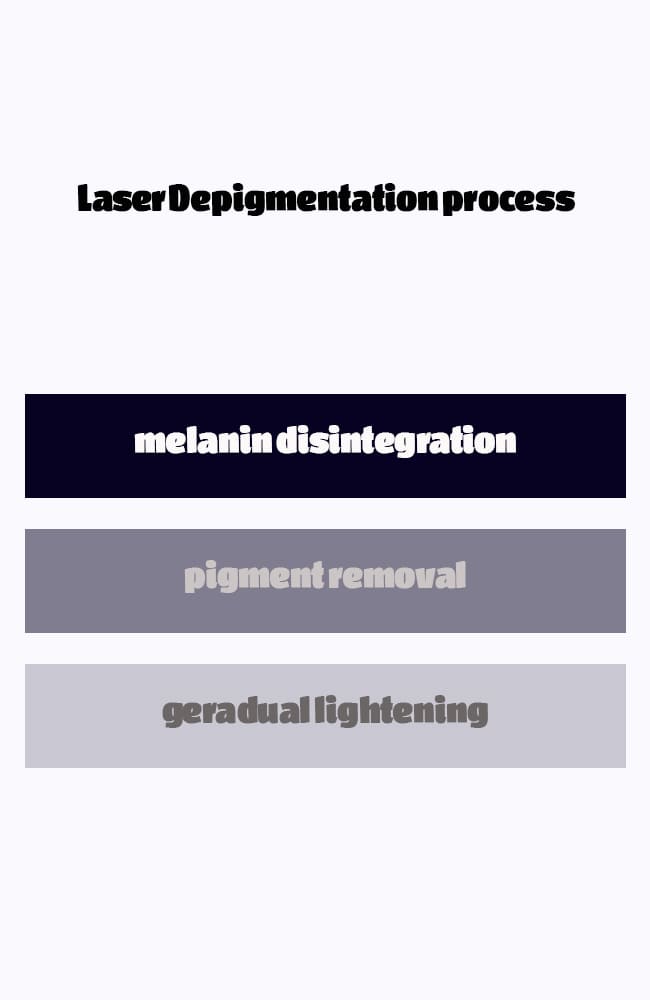
What Eye Colors Can You Achieve with Laser Treatment?
Laser depigmentation does not allow full freedom in selecting a new eye color. It primarily lightens the eye color based on your underlying genetics. For example, someone with dark brown eyes may lighten to light brown but rarely to light blue. The end result is unique to each individual.
Can Laser Change Brown Eyes to Blue or Green?
Yes, but with limitations. If your brown eyes have a light base tone, there is a chance they can turn green or gray-blue. However, the procedure cannot guarantee a specific eye color, as it depends on the amount and distribution of melanin and your eye’s natural undertones.
Is Laser Eye Color Change Safe? Risks and Side Effects
Although laser eye color change is becoming more known, it is still a relatively new and experimental option. Long-term safety and possible complications are still being evaluated. Patients are advised to weigh the potential risks and discuss concerns with a medical professional before choosing this procedure.
Side Effects and Long-Term Impact on Eye Health
Reported side effects include inflammation, blurred vision, light sensitivity, and in rare cases, elevated intraocular pressure, which can lead to glaucoma. Some patients may experience night halos or visual disturbances in low light, particularly during the early stages of recovery.

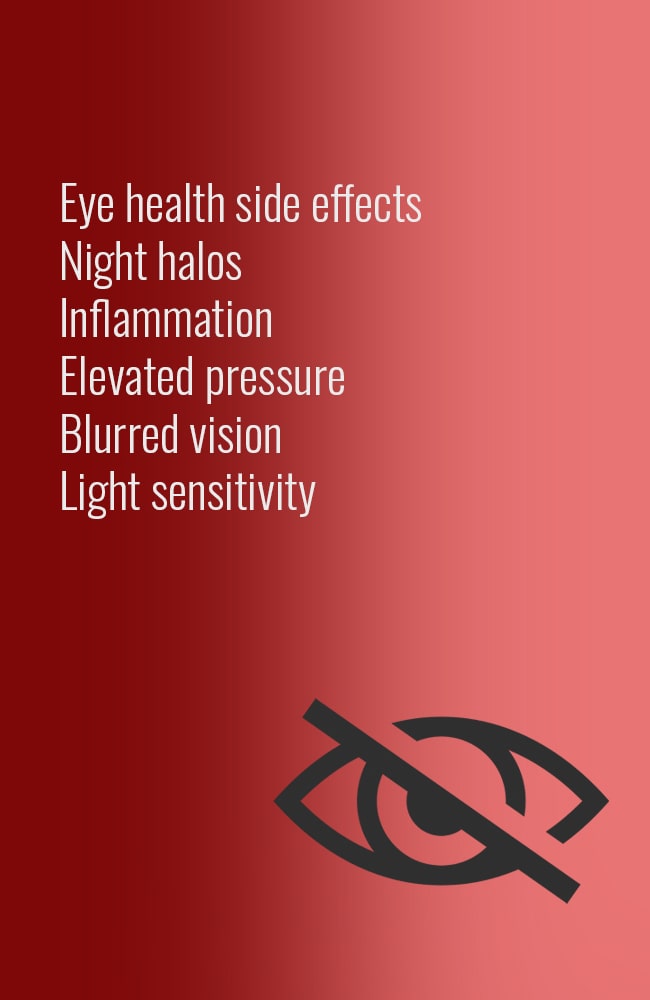
Is Laser Eye Color Change FDA-Approved?
As of now, laser eye color change is not FDA-approved in the United States. It is still classified as an experimental treatment, meaning there are no standardized safety regulations or medical oversight for its practice in many countries.
How Much Does Laser Eye Color Change Cost?
The cost of laser iris depigmentation varies significantly depending on multiple factors:
The experience and reputation of the eye surgeon
- Location of the clinic (costs are higher in developed cities)
- The number of sessions required
- Type of laser technology used
- Additional expenses such as eye exams, medications, and aftercare
On average, the price can range from $3,500 to $7,000 or more, with darker-eyed patients often requiring more sessions, leading to higher costs.
Comparing Laser Eye Color Change and Keratopigmentation
While laser treatments lighten the existing eye color, keratopigmentation (corneal tattooing) adds pigment to the eye, offering a wider range of color options and faster visible results with less side effects.
Feature |
Laser Eye Color Change |
Keratopigmentation (Corneal Tattooing) |
|---|---|---|
|
How it works |
Lightens existing iris pigmen |
Adds pigment to the cornea |
|
Color Range |
Limited (lightening) |
Wider variety |
|
Results Speed |
Gradual |
Faster |
|
Side Effects |
Potentially more |
Fewer and none |
Temporary vs. Permanent Eye Color Change with Laser
Laser eye color change is considered permanent, as it removes the melanin in the iris. In contrast, keratopigmentation, although long-lasting, is more adjustable and can be reversed or modified more easily if needed.
How to Prepare for Laser Eye Color Change Treatment
Before the procedure, a full ophthalmologic examination is necessary to evaluate your eye health, confirm your candidacy, and determine the number of laser sessions required. It’s also important to:
Remove eyelash extensions or contact lenses 24 hours before treatment
Avoid eye makeup on the day of the procedure
Discuss any anxiety or concerns with your doctor
What to Expect During and After the Procedure?
The procedure is generally painless. Numbing drops are used to minimize discomfort, and sessions typically last 15 to 30 minutes. Afterward, you may be given eye drops to prevent infection or inflammation, and you should wear sunglasses to protect your eyes from light sensitivity.
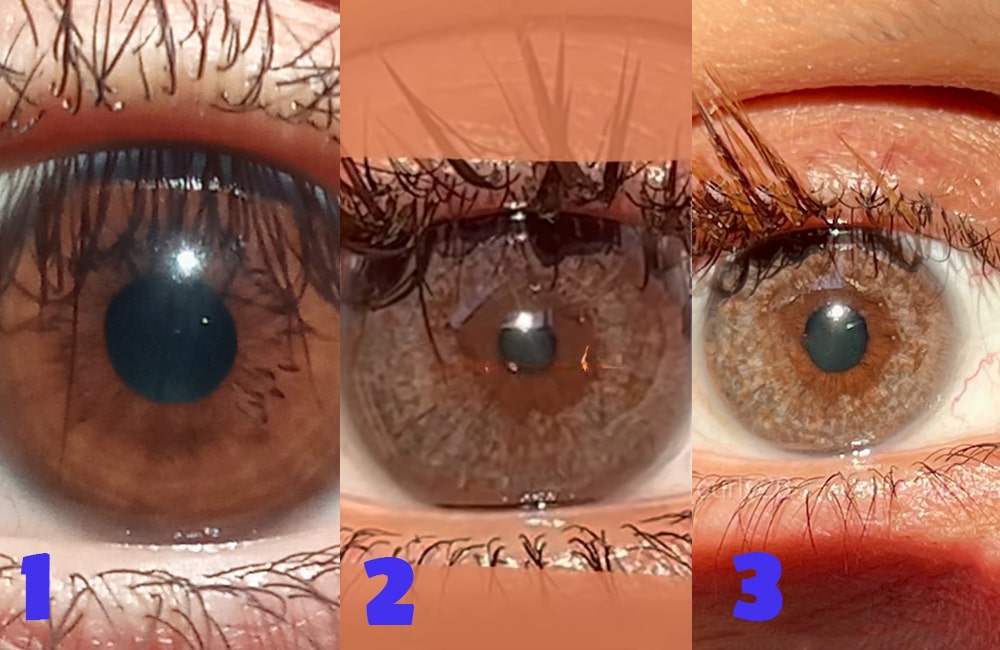

Recovery and Aftercare After Laser Eye Color Change
Most patients return to normal activities within 24 hours. However, you should avoid swimming pools, dusty environments, and direct sunlight for a few weeks. Regular follow-ups and using prescribed eye drops are essential for a smooth recovery.
Can Laser Eye Color Change Be Reversed?
No, the results are not reversible. Once melanin is removed from the iris, it cannot be replaced. This is why patients are advised to be 100% confident before proceeding with the treatment.
How Long Does the Eye Color Change Last?
The effect is permanent. Unlike temporary colored contact lenses, the change will not fade over time. However, the final color may take several months to fully develop and stabilize.
Best Clinics and Surgeons for Laser Eye Color Change
Due to the sensitive nature of this procedure, it’s crucial to choose a certified and experienced eye surgeon. The best clinics offer:
- Advanced laser equipment
- Transparent consultation processes
- Proven safety protocols
- Before-and-after photos of previous patients
Natural Alternatives to Laser Eye Color Change
If you’re not ready for surgery, here are some natural or non-invasive alternatives:
Colored contact lenses: Easy and safe but temporary.
Makeup tricks: Certain eyeliners and shadows can enhance perceived eye color.
Diet and hydration: While no diet can change eye color, clear eyes may look more vibrant with a healthy lifestyle.
Tired of limitations and want more freedom with your eye color choice? You might want to explore the keratopigmentation method, which offers a broader color range, fewer risks, and adjustability. Learn more on our site.
Conclusion
Laser eye color change is a permanent, non-invasive option for lightening your eye color, but it comes with high costs, potential risks, and no guarantee of specific results. It’s not FDA-approved, and outcomes depend heavily on your natural eye color and genetics. For those wanting more color options and flexibility, keratopigmentation may be a better alternative. Always consult a trusted specialist before deciding.
FAQs About Laser Eye Color Change Procedures
Can I choose my exact eye color?
No, the final result depends on your genetic makeup and initial eye color.
How soon will I see results?
Visible results may begin after the second session but final color appears after 3-6 sessions.
Is the procedure painful?
Most patients report no pain, only slight pressure or discomfort.
Are the results guaranteed?
Not entirely. Some eyes with very dark pigmentation may not lighten sufficiently.
Telephone consultation
We've got everything you need to make an informed decision about changing your eye color.
Consultation Services
During the consultation process, you can ask all your questions and explore various eye color change methods with our team of specialists. We provide all the essential information you need to make an informed decision about changing your eye color.

